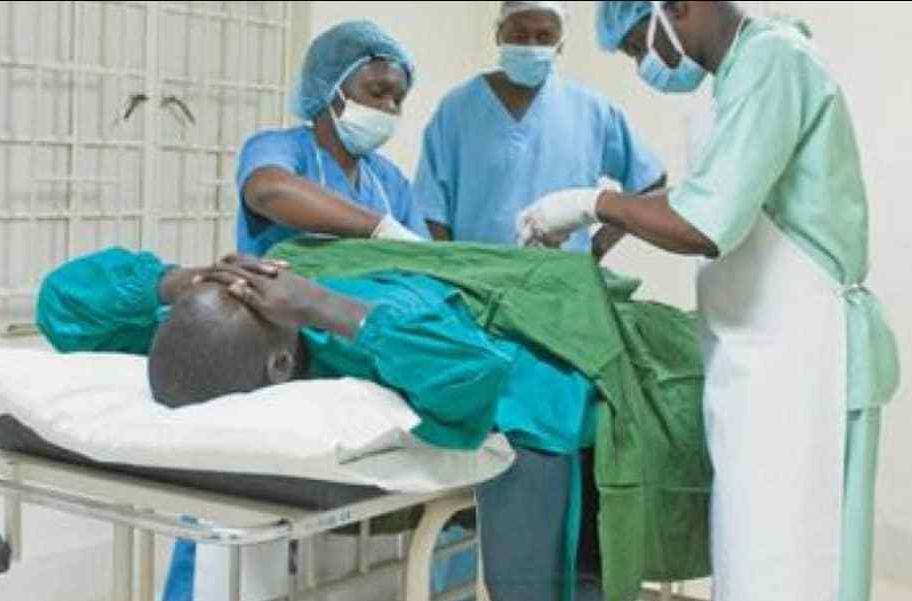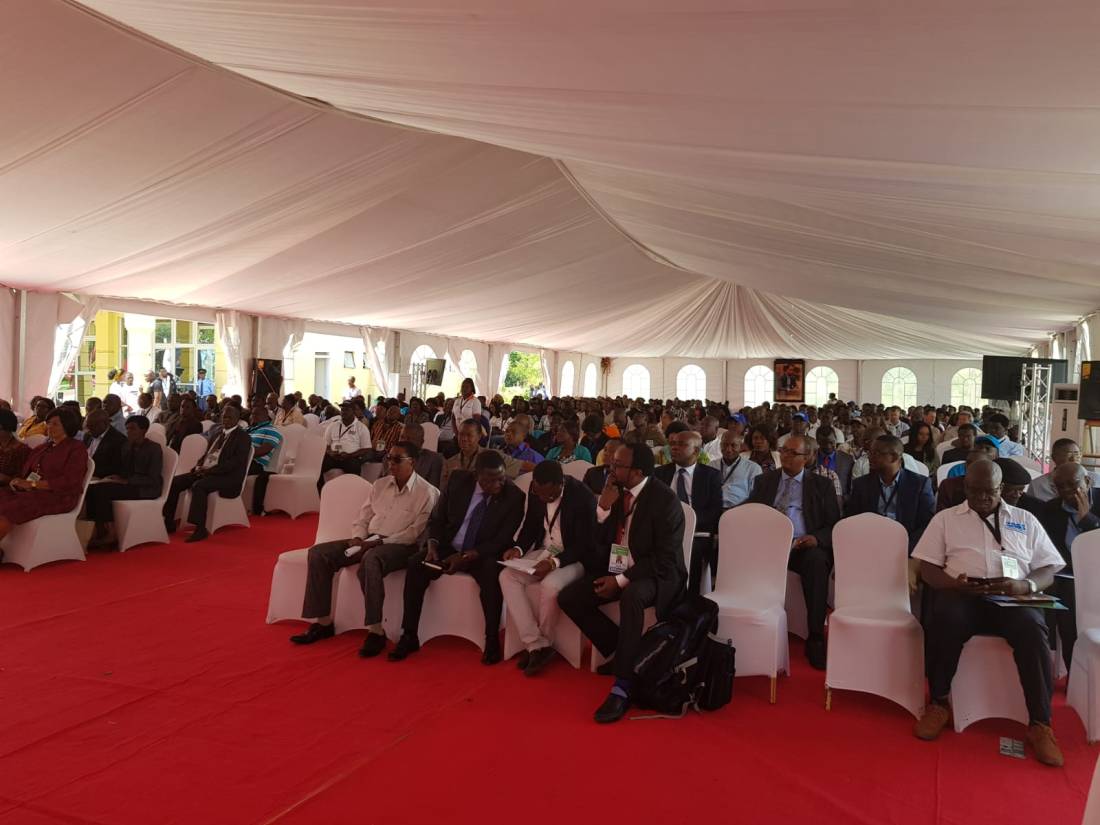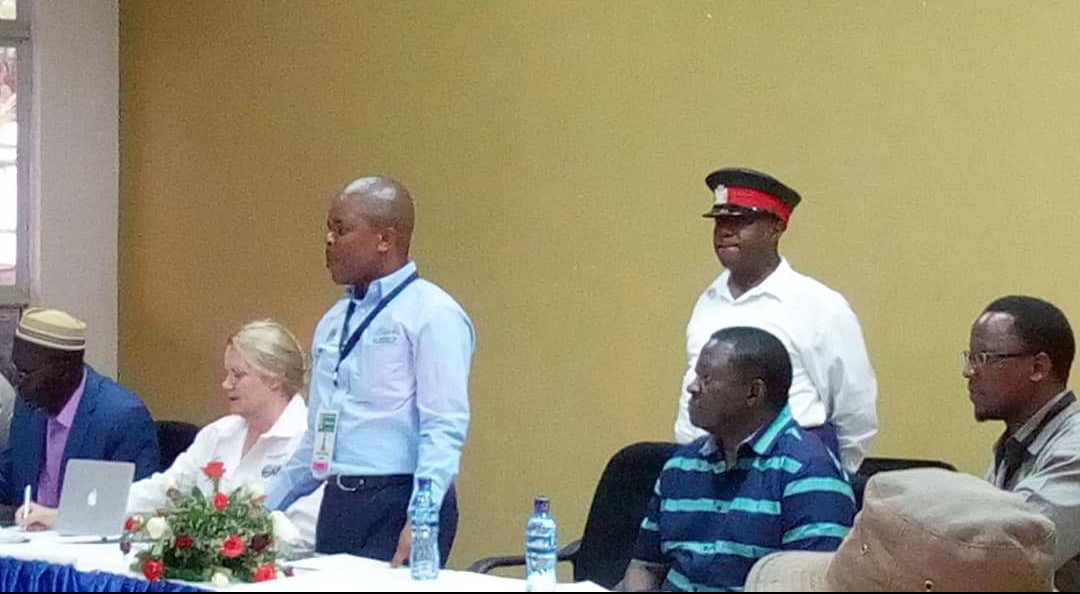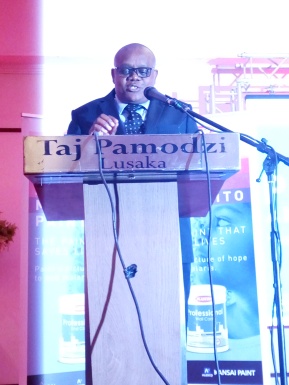Male circumcision is the commonest and one of the oldest surgical procedures carried out in non-medical and surgical settings in Africa.
According to World Health Organisation (WHO), male circumcision has approximately 60% potential of reducing the risk of acquiring HIV infection and other Sexual Transmitted Infections (STIs).
Male Circumcision has been a topic taken by most males with mixed feelings. Most males decide not to be circumcised because of the pain of the procedure before it heals and the many hours of absenting from work and other productive activities before complete healing.
Nevertheless, the good news is that, a new method of circumcision which is very convenient called Prepex was introduced in 2013 and launched in June 2017 in Zambia.
Minister of Health Chitalu Chilufya said that a test in conjunction with Jhiego was done on 499 people in Lusaka to see how effective the PrePex Method was.
| Sample size | 499 |
| Participants age range | 18 – 49 years |
| Mean age | 25 years |
| Prepex study setting | Two fixed clinics in Lusaka
New start YMCA Chachacha Male Circumcision Centres |
| Timing of the study | October 2013-April 2014 |
He said the new method was launched in 2017 in Zambia after all tests were done to see how safe and effective it was.
In addition, the minister said that the centres offering PrePex method of circumcision are; Matero Clinic, UNZA Clinic, Mazabuka Hospital and Livingstone General Hospital.
What is the Prepex Method of Circumcision?
The University of Zambia (UNZA) Nursing officer, Joyce Mwandila said the PrePex method is a non-surgical male circumcision procedure for adults and adolescents which uses a PrePex device.
The officer said that the school clinic through their response team commenced a health talk program aimed at sensitizing students on HIV and AIDS and sexual reproduction within campus in July 2017, where they recorded a turn out of 280 males being circumcised with the PrePex method by the month of October in the same year.
Moreover, the equipment applies controlled radial elastic pressure to the foreskin between a rigid inner ring and an elastic ring to gently stop distal blood flow.
PrePex involves no injected anesthesia, no surgery, no sutures and no sterile settings. It simply means you don’t have to miss work to do it.
An interview with a 3rd year student at UNZA Albert Chirwa, yielded that the PrePex
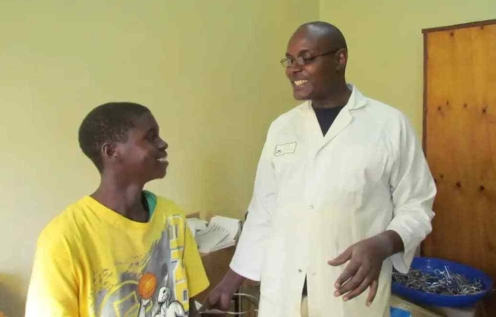
method is better than the surgical method which he thinks is less painful.
He said he was hesitant to go for Male Circumcision in the past but the inception of the talked about new method assured him less pain and opted him to go for it with no regrets.
THE PROCEDURE
The procedure is in three easy steps
- Step 1
Register with the clinic that you would want to be circumcised from, then you get a series of vaccinations to avoid future possible tetanus infections.
- Step 2
Placement of the PrePex Device.
- Step three
Go back to the clinic after 7 days for the PrePex device to be removed.
-

PrePex device used in the new method of Male Circumcision-Picture by Hannah Kaniini
Why this new method?
Dr. Chitalu Chilufya said the PrePex circumcision procedures have been offered as part of the minimum package of HIV prevention services recommended by Zambia’s Ministry of Health.
Are there any side effects?

UNZA Response team member Wakumbu Simukonda said the side effects are minor such as urinary retention and localised wound infections after removal of the device and slight pain during removal of the PrePex device.
Male circumcision in Africa is a procedure that has been proven to be of public health significance in the reduction of the scourge of HIV infection while also leading to reduction in prevalence of some other STIs.
**********************************
Credits
Writer; Margaret Malilo
Source; Misheck M. Chipenzi
Editor; Kachabe Hamattan, Kutasha Mulenga
Text Layout; Virginia Chilongo, Faith Hamayanda
Photography; Hannah Kaniini
============================================================
Source; Chilufya Chitalu, Minister, Joyce Mwandila, UNZA Nursing officer, Alberty Chirwa, Student, Wankumbu Simukonda, UNZA Response team member.
